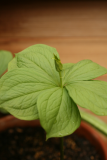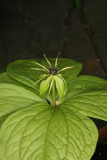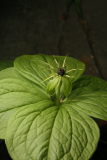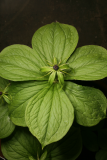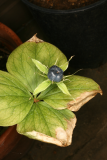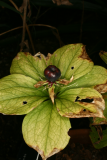Additional notes (click to expand)
Medicinal
In traditional herbal medicine: The entire plant, harvested just as it is coming into flower, is antirheumatic and detergent[13, 61, 178]. In large doses the herb is narcotic, producing nausea, vomiting, vertigo etc[4]. It should be used with great caution, overdoses have proved fatal to children[4]. In small doses it is of benefit in the treatment of bronchitis, spasmodic coughs, rheumatism, colic etc[4]. The plant is also used in the treatment of headaches and neuralgia[61, 178]. The seeds and the berries have something of the nature of opium, they have been used as an aphrodisiac[4].
Plants for a Future (2020) https://pfaf.org/user/Plant.aspx?LatinName=Paris+quadrifolia
Nomenclature
Prosaically, the name ‘paris’ stems from the Latin ‘pars’ meaning ‘equal’, referring to the four equal leaves and not to the city or the lover of Helen of Troy.
Oakeley, Dr. Henry. (2011). A Year in the Medicinal Garden of the Royal College of Physicians, revised edition. Royal College of Physicians, London.
link
Family name change from Trilliaceae .
Plants of the World online, Kew Science http://plantsoftheworldonline.org/taxon/urn:lsid:ipni.org:names:539724-1
link
Other use
Paris quadrifolia L. Trilliaceae Herb Paris Distribution: Europe and temperate Asia. This dramatic plant was known as Herb Paris or one-berry. Because of the shape of the four leaves, resembling a Burgundian cross or a true love-knot, it was also known as Herb True Love. Prosaically, the name ‘Paris’ stems from the Latin ‘pars’ meaning ‘parts’ referring to the four equal leaves, and not to the French capital or the lover of Helen of Troy. Sixteenth century herbalists such as Fuchs, who calls it Aconitum pardalianches which means leopard’s bane, and Lobel who calls it Solanum tetraphyllum, attributed the poisonous properties of Aconitum to it. The latter, called monkshood and wolfsbane, are well known as poisonous garden plants. Gerard (1633), however, reports that Lobel fed it to animals and it did them no harm, and caused the recovery of a dog poisoned deliberately with arsenic and mercury, while another dog, which did not receive Herb Paris, died. It was recommended thereafter as an antidote to poisons. Coles (1657) wrote 'Herb Paris is exceedingly cold, whereupon it is proved to represse the rage and force of any Poyson, Humour , or Inflammation.' Because of its 'cold' property it was good for swellings of 'the Privy parts' (where presumably hot passions were thought to lie), to heal ulcers, cure poisoning, plague, procure sleep (the berries) and cure colic. Through the concept of the Doctrine of Signatures, the black berry represented an eye, so oil distilled from it was known as Anima oculorum, the soul of the eye, and 'effectual for all the disease of the eye'. Linnaeus (1782) listed it as treating 'Convulsions, Mania, Bubones, Pleurisy, Ophthalmia', but modern authors report the berry to be toxic. That one poison acted as an antidote to another was a common, if incorrect, belief in the days of herbal medicine.
Oakeley, Dr. Henry. (2011). A Year in the Medicinal Garden of the Royal College of Physicians, revised edition. Royal College of Physicians, London. p.27
link
Toxicity
"Humans: harmful if eaten"-HTA guidelines
HTA Guide to Potentially Harmful Plants, 3rd Edition (2022)
Geographical distribution
- Asia-Temperate, Caucasus
- Asia-Temperate, Siberia
- Europe
Paris quadrifolia L.
Family: MELANTHIACEAEGenus: Paris
Species: quadrifolia L.
Common names: Herb Paris
Pharmacopoeia Londinensis name: Herbae Paris
Distribution summary: Europe, E.Asia
Habit: Perennial
Hardiness: H6 - Hardy; very cold winter
Habitat: Rich deciduous woodlands, moist, calcareous soils to 1300m
Garden status: Not currently grown
Flowering months: April, May
Reason for growing: Medicinal, other use, toxic
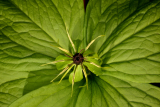
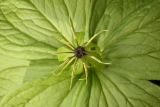
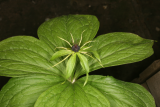
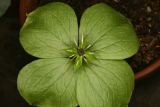
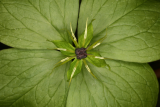
.JPG)
.JPG)
.JPG)
.JPG)
.JPG)
.JPG)
